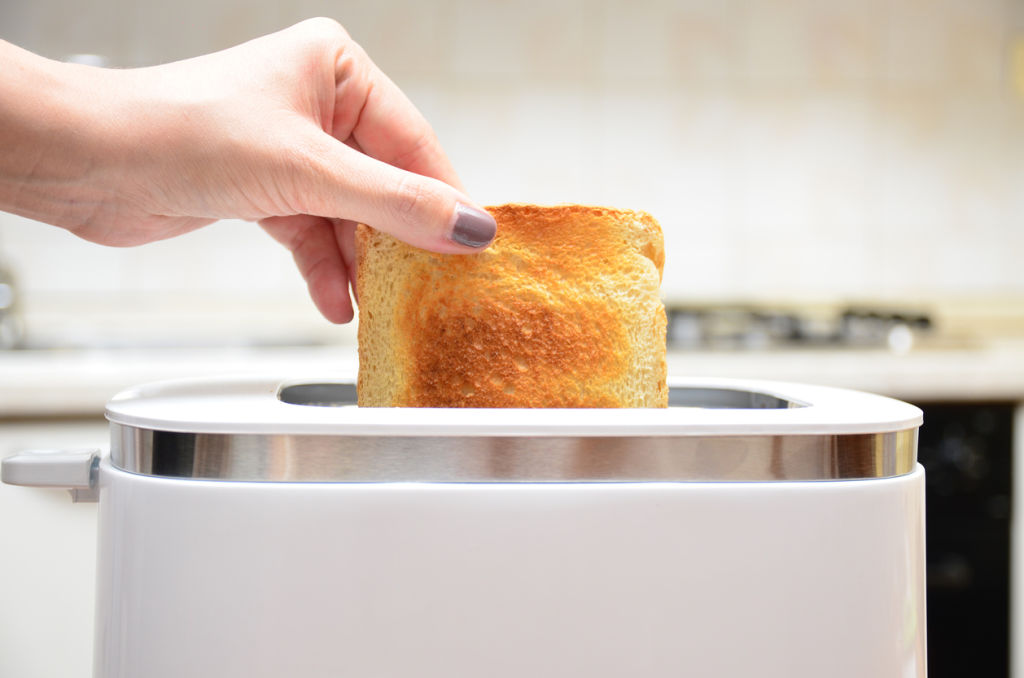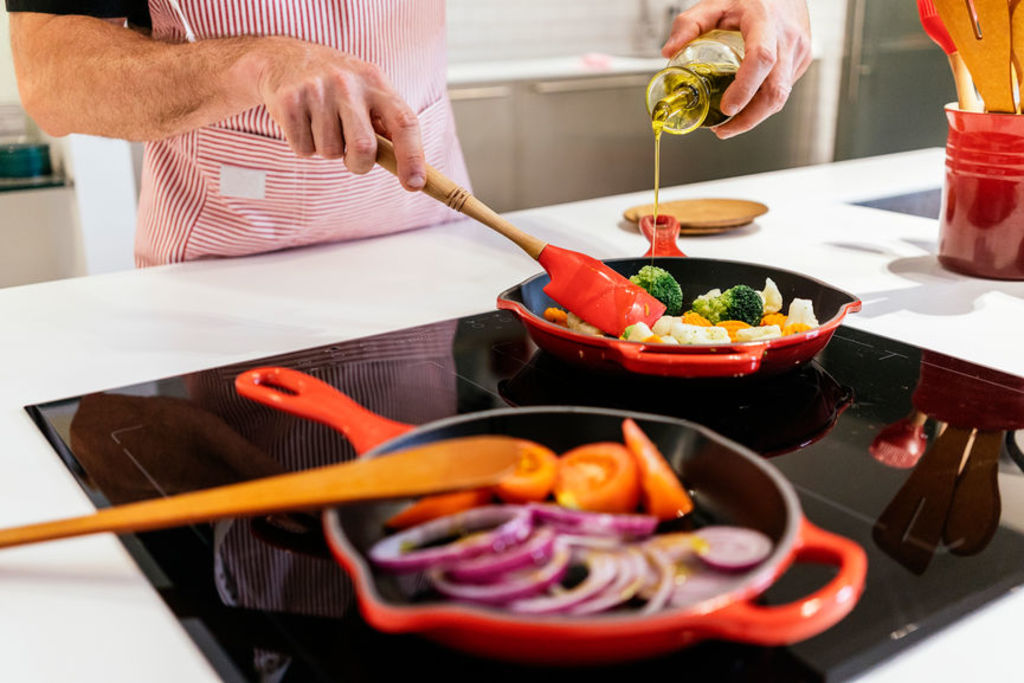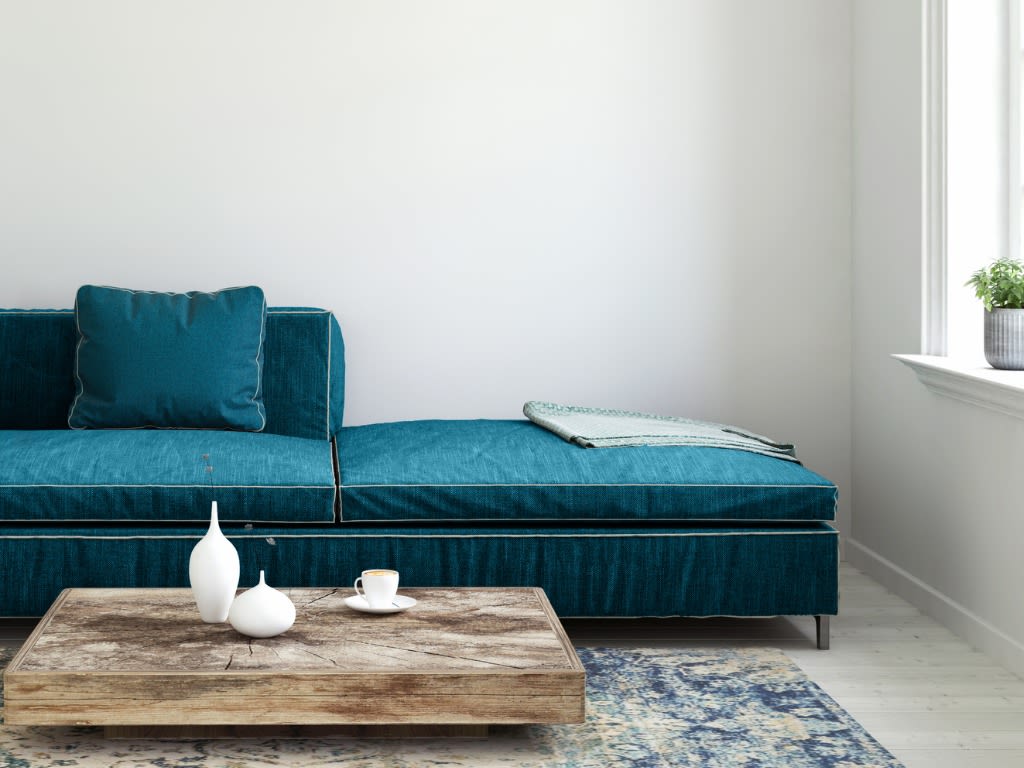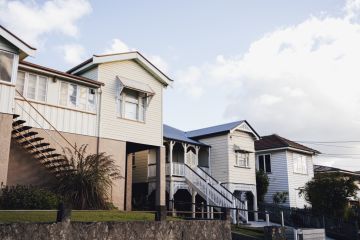Should we be worried that toasters cause air pollution?

Eat toast for breakfast? Then perhaps, like me, you were alarmed by recent headlines that claimed toasters produce more air pollution than busy roads.
Researcher Marina Vance, from the University of Texas, told a meeting of the American Association for the Advancement of Science that when you use your toaster the element heats up any “debris and gunk” in the toaster, which includes oils.
When you also consider the bread you’re putting into the toaster, you’re left with all sorts of things being emitted – ethanol, a by-product of yeast, for example.
“If there’s tiny pieces of bread touching the heating element you can see the smoke, maybe from crumbs at the bottom of the toaster — they will all make a lot of particles,” she said. “It led to what would be considered ‘very unhealthy’ air pollution levels if compared to outdoor air quality standards.”
The same study found that roasting and frying food could impact the air quality in our homes.
Suzanne Mccorkell is a holistic interior stylist. She says while it hadn’t occurred to her that toasters could be polluting our air, it doesn’t surprise her. “We already know that carbon from burnt toast is a carcinogen, so it makes sense that when overcooked, there is a degree of pollution released into the air,” she says.

Don’t panic, but according to Mccorkell there are lots of other household appliances that could be contributing to air pollution in your home. “Microwave ovens pose a risk of radiation if doors are ill-fitting and fridges and airconditioners release CFCs from the coolant system,” she says.
And it’s not just household appliances that are risky. In fact, there are all sorts of ways that our homes are bad for our health.
“Foam filling in chairs, cushions, pillows, mattresses can contain polyurethane, which is a serious fire hazard, and adhesives used in furniture assembly produce formaldehyde and toxic vapours,” Mccorkell says.
And there is more. “Plaster and cement may emit formaldehyde and paints; varnishes, stains and wallpapers may emit toxic vapours especially while drying. They also contain fungicides and insecticides,” she says.
On top of this, Mccorkell says metal paint can give off toxic fumes and leaking metal from lead pipes can affect water. Plus, roof timbers may emit resin vapours and insulation can produce formaldehyde mineral fibres.

And, of course, cleaning products, beauty products and even scented candles could be contributing to air pollution.
So what should we do? Mccorkell tells me that if you’re concerned, it’s a good idea to get a carbon monoxide detector.
“This is now a requirement for Airbnb properties to have a ‘Family’ badge,” she says. “You can also minimise any risk by replacing synthetic with natural fibres, using solid wood, rattan or bamboo for furniture. Replace toxic household items with natural options and use toxic-free paint and finishes.”
In the UK and the US. some families opt to have their home assessed by a holistic interior stylist who can guide them in minimising air pollution (among other things). It’s a practice that is just emerging in Australia.
And as for your toaster, the advice from the Texas team that terrified us all with their findings is to “go for gold” – allow the bread to turn a light golden colour, but nothing darker and definitely not burnt.
Adding Vegemite is entirely optional.
We recommend
We thought you might like
States
Capital Cities
Capital Cities - Rentals
Popular Areas
Allhomes
More







